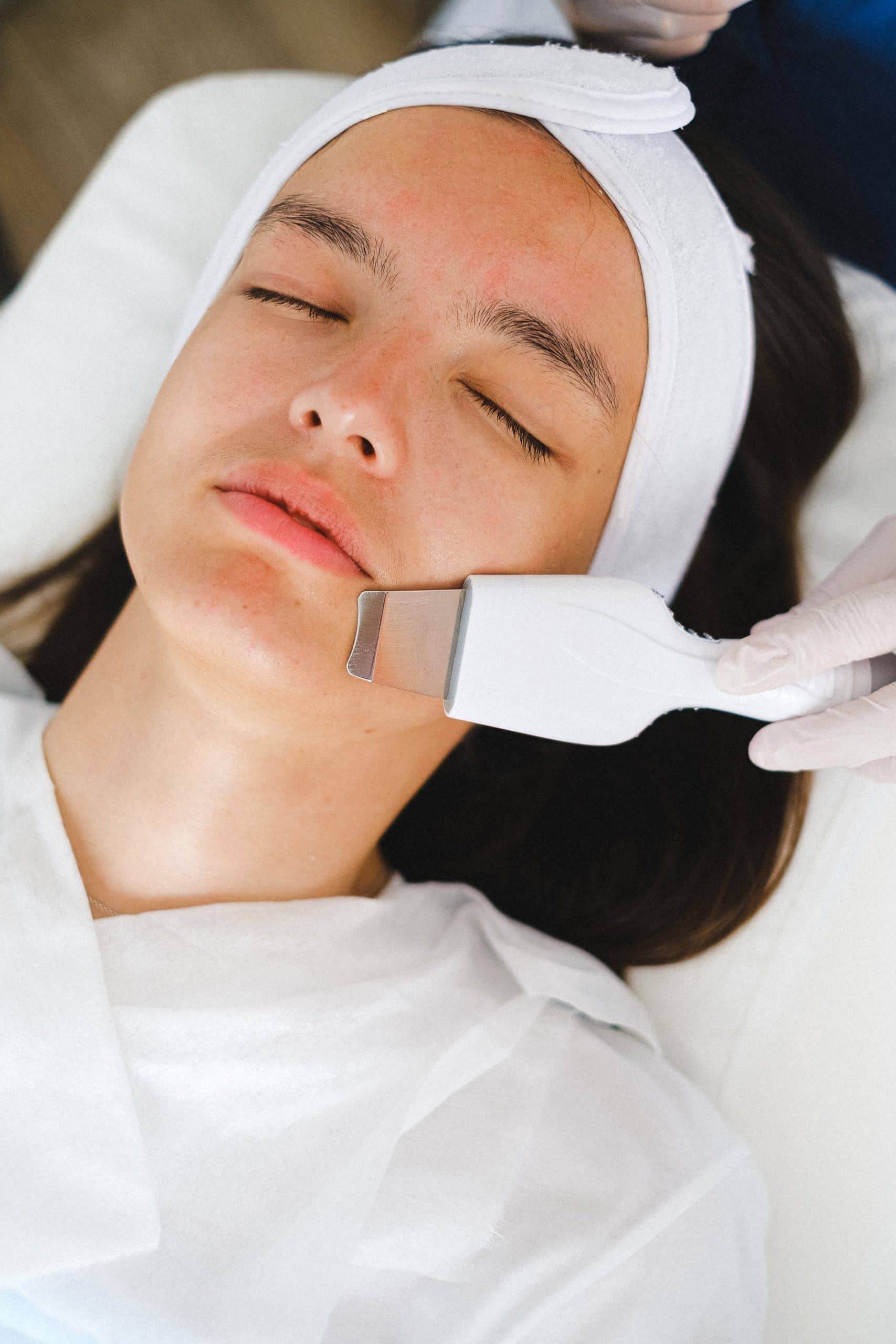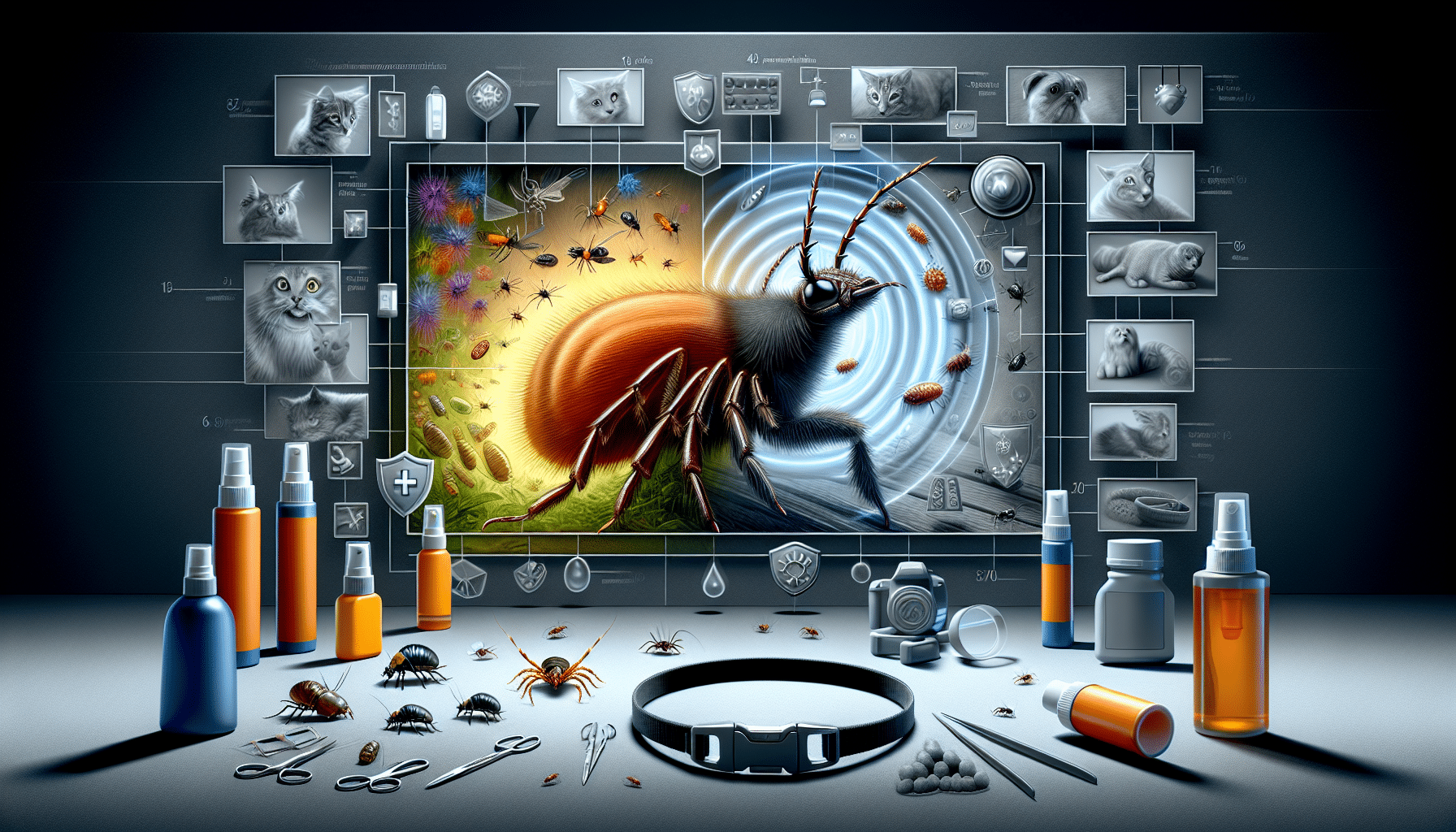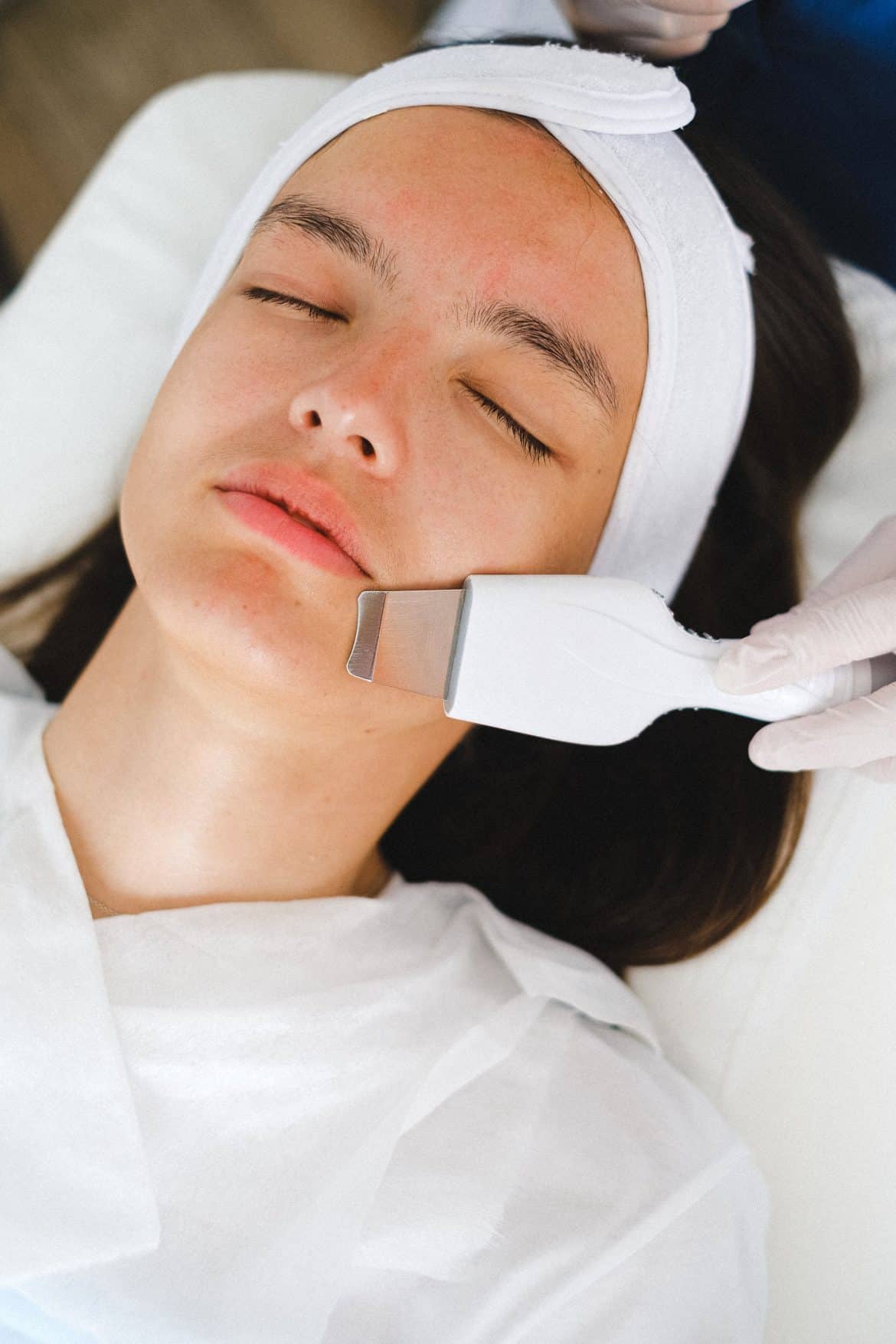Keeping your furry friends safe and protected from fleas and ticks is essential for their well-being. With our range of effective flea and tick prevention products, you can ensure that your pets stay itch-free and healthy. From collars to sprays, our products are designed to repel these pesky pests and provide long-lasting protection. Don't wait until it's too late – order your flea and tick prevention products today and give your pets the care they deserve.

This image is property of images.pexels.com.
The importance of flea and tick prevention
When it comes to the health and well-being of your beloved pets, one aspect that cannot be overlooked is flea and tick prevention. These pesky parasites can not only cause discomfort and irritation for your furry friends but also pose serious health risks. Understanding the risks associated with fleas and ticks and the common health problems they can cause is crucial in ensuring the overall health of your pets.
Understanding the risks
Fleas and ticks are more than just tiny insects. They can transmit a variety of diseases that can have detrimental effects on the health of your pets. Fleas, for example, are notorious for causing skin allergies and dermatitis. These small bloodsuckers can also transmit tapeworms, which can result in weight loss, anemia, and gastrointestinal problems in your pets.
On the other hand, ticks are known carriers of diseases such as Lyme disease, ehrlichiosis, and Rocky Mountain spotted fever. These diseases can lead to symptoms like fever, joint pain, lethargy, and in severe cases, organ damage. It is important to take preventive measures to minimize the risk of your pets being affected by these diseases.
Common health problems caused by fleas and ticks
Fleas and ticks can cause a range of health problems in your pets. Some common issues include:
-
Skin irritation and allergies: Flea bites can cause severe itching, redness, and inflammation in your pet's skin. They may scratch excessively, potentially leading to open sores and infections.
-
Anemia: Fleas, especially in young or small pets, can cause anemia due to their feeding on blood. Anemia can result in fatigue, weakness, and pale gums.
-
Tapeworms: When pets ingest fleas during grooming, they can become infected with tapeworms. These parasites can cause weight loss, diarrhea, and overall poor condition.
-
Lyme disease: Ticks infected with the bacteria Borrelia burgdorferi can transmit Lyme disease. Symptoms may include fever, lameness, swollen joints, and decreased appetite.
-
Tick paralysis: Some ticks produce a toxin that can cause paralysis in animals. This condition can progress rapidly and can be life-threatening if not treated promptly.
Knowing the potential risks associated with fleas and ticks, it is essential to take proactive measures to protect your pets. Thankfully, there are various flea and tick prevention products available on the market today.
Types of flea and tick prevention products
To effectively combat fleas and ticks, it is important to understand the different types of prevention products available. Each type offers its own unique features and benefits, and choosing the right one for your pet requires careful consideration.
Topical treatments
Topical treatments, also known as spot-on treatments, are one of the most popular and widely used preventive options. These products are designed to be applied directly to your pet's skin, typically between the shoulder blades or at the base of the neck. They work by distributing the active ingredients across the skin, offering long-lasting protection against fleas and ticks.
Oral medications
Oral medications are another effective option for flea and tick prevention. These products come in the form of pills or chewable tablets that are ingested by your pet. Once inside the body, the medication is distributed through the bloodstream, killing fleas and ticks when they bite your pet. Oral medications are convenient and typically offer month-long protection.
Collars
Flea and tick collars are worn around your pet's neck, offering continuous protection against these parasites. These collars are infused with insecticides that repel and kill fleas and ticks upon contact. They are easy to use and provide extended protection, usually lasting for several months.
Sprays and shampoos
Sprays and shampoos are topical products that can be used to prevent fleas and ticks. Flea and tick sprays are applied directly onto your pet's fur, while shampoos are used during bath time. These products contain chemicals that eliminate and repel parasites. They are useful for immediate relief and can help get rid of existing fleas and ticks. However, their effectiveness may be shorter-lived compared to other preventive methods.
When choosing the right flea and tick prevention product for your pet, there are several factors to consider.
Consider your pet's health
Before selecting a prevention product, it is important to consider your pet's overall health. Some pets may have sensitivities or allergies to certain ingredients in the products. Additionally, factors such as age, weight, and any pre-existing health conditions should be taken into account.
Consult your veterinarian
Your veterinarian is a valuable resource when it comes to choosing the right prevention product for your pet. They can evaluate your pet's specific needs and recommend the most suitable option. Additionally, they can provide guidance on proper dosage and application techniques.
Effectiveness and safety
Ensure that the flea and tick prevention product you choose is effective in killing and repelling both fleas and ticks. Look for products that have been tested and approved by regulatory agencies for safety and efficacy. It is also important to follow the instructions provided by the manufacturer to ensure proper usage.
Convenience of use
Consider the convenience of the prevention method for both you and your pet. Some products may require frequent reapplication, while others offer longer protection. Choose a product that fits into your lifestyle and is easy to administer.

This image is property of images.pexels.com.
Understanding flea and tick life cycles
To effectively combat fleas and ticks, it is important to understand their life cycles. By targeting these different stages of their life cycle, you can disrupt their reproduction and prevent infestations.
The importance of disrupting the life cycle
Fleas and ticks have complex life cycles that involve multiple stages. Break the life cycle, and you can minimize the number of parasites in your pet's environment. It is important to remember that even a small number of fleas and ticks can reproduce rapidly, leading to an infestation.
Eggs and larvae
The flea life cycle starts with eggs laid on the host animal, which then fall off into the environment. Flea eggs are not sticky and can easily be scattered throughout your pet's bedding, furniture, and carpeting. These eggs develop into larvae, which feed on organic matter in the environment, including flea feces, dead skin, and other debris.
Pupae
Larvae then spin a cocoon and enter the pupal stage. Inside the cocoon, they undergo metamorphosis and develop into adult fleas. The cocoon acts as a protective shield, making it difficult to kill these developing fleas.
Adult fleas and ticks
Once the adult fleas emerge from the cocoon, they are ready to infest your pet. They feed on blood and can cause severe irritation and itching. Ticks have a similar life cycle, with eggs hatching into larvae, which then develop into nymphs, before reaching the adult stage.
Understanding the life cycle of fleas and ticks highlights the importance of taking preventive measures to interrupt their reproduction and control their populations within your pet's environment.
Topical treatments for flea and tick prevention
Topical treatments are a popular choice for flea and tick prevention due to their effectiveness and ease of application. But how exactly do they work, and what are their pros and cons?
How do topical treatments work?
Topical treatments contain active ingredients that are distributed across your pet's skin, often using natural oils or spot-on applicators. These ingredients are designed to kill fleas and ticks upon contact or when they try to bite your pet. They provide long-lasting protection by remaining active on the skin even after bathing or swimming.
Application instructions
To apply a topical treatment, part your pet's fur between the shoulder blades or at the base of the neck, ensuring direct skin contact. Squeeze the recommended amount of product onto the skin, taking care not to get it in your pet's eyes or mouth. Remember to follow the application instructions provided by the manufacturer for optimal effectiveness.
Pros and cons of topical treatments
Topical treatments offer several benefits. They are easy to apply and provide long-lasting protection against fleas and ticks. They are also available in various strengths and formulation options, catering to different sizes and species of pets.
However, topical treatments may not be suitable for all pets. Some animals may be sensitive to the ingredients or experience temporary skin irritation at the application site. It is important to monitor your pet for any adverse reactions and consult your veterinarian if you have any concerns.

This image is property of images.pexels.com.
Oral medications for flea and tick prevention
Oral medications are a convenient and effective way to prevent fleas and ticks. Let's delve into how they work and the different types available.
How do oral medications work?
Oral medications contain active ingredients that are ingested by your pet. These ingredients are then distributed throughout the bloodstream, creating an environment that is toxic to fleas and ticks. When these parasites feed on your pet, they are exposed to the medication and subsequently killed.
Different types of oral medications
There are various types of oral medications for flea and tick prevention. Some are formulated as pills that can be given directly to your pet. Others come in the form of flavored chewable tablets, making them easier to administer, as they are often seen as treats by pets.
These medications typically provide month-long protection, eliminating the need for frequent reapplication. They are a popular choice for pet owners who prefer a hassle-free and convenient preventive method.
Benefits and potential side effects
Oral medications have several advantages. They are highly effective in killing fleas and ticks, as the active ingredients are distributed throughout the entire body. These medications also eliminate the need for topical treatments, making them a suitable option for pets with sensitive skin or allergies.
Some pets may experience mild side effects, such as gastrointestinal upset or drowsiness, after taking oral medications. It is crucial to follow the recommended dosage and consult your veterinarian if you notice any concerning symptoms.
Collars for flea and tick prevention
Flea and tick collars are a popular choice among pet owners due to their convenience and long-lasting protection. Let's delve into the different types of collars available, how they work, and their effectiveness.
Types of flea and tick collars
There are different types of flea and tick collars available, including traditional collars and reflector collars. Traditional collars contain insecticides that are slowly released, creating a protective shield around your pet. Reflector collars, on the other hand, provide all the benefits of traditional collars while also enhancing visibility during nighttime walks.
How do collars work?
Flea and tick collars work by emitting chemicals that repel and kill parasites upon contact. The active ingredients are released gradually from the collar, spreading across your pet's fur. This creates a protective barrier, preventing fleas and ticks from attaching to your pet.
Effectiveness and durability
Collars offer extended protection against fleas and ticks, typically lasting for several months. However, their effectiveness may vary depending on the specific brand and active ingredients used. It is important to choose a collar that is designed for your pet's size and weight, as improper fitting may affect its efficacy.
Collars are waterproof, allowing your pet to wear them during bath time or while swimming. They are also a good option for pets who are sensitive to topical treatments or oral medications.

Sprays and shampoos for flea and tick prevention
Sprays and shampoos are useful tools in the fight against fleas and ticks. Let's explore how they can be used for prevention, their effectiveness, and the precautions to keep in mind.
Using sprays for prevention
Flea and tick sprays are topical products that can be applied directly to your pet's fur. They contain active ingredients that kill and repel these parasites upon contact. Sprays are often used as supplemental preventive measures alongside other products.
When using sprays, it is important to follow the application instructions provided by the manufacturer. Take care to avoid contact with your pet's eyes and mouth, and ensure proper distribution of the product across their entire body.
Effectiveness and precautions
Flea and tick sprays can provide immediate relief by killing existing parasites. However, their effectiveness may be shorter-lived compared to other preventive methods. It is important to consider the specific brand and active ingredients to ensure optimal protection.
Some sprays may contain harsh chemicals, so it is crucial to use them with caution and avoid overexposure. If your pet has sensitive skin or any pre-existing skin conditions, consult your veterinarian before using sprays.
Using shampoos for prevention
Flea and tick shampoos are specifically formulated to eliminate parasites during bath time. These shampoos contain active ingredients that kill and repel fleas and ticks, providing immediate relief. They are often used for pets with existing infestations or as a preventive measure.
When using flea and tick shampoos, thoroughly wet your pet's fur and apply an adequate amount of shampoo. Massage it into their coat, paying close attention to areas where parasites are commonly found, such as around the neck, behind the ears, and in the armpits. Rinse your pet thoroughly to remove all traces of the shampoo.
Safe and gentle options
When selecting flea and tick shampoos, opt for those that are formulated with safe and gentle ingredients. Harsh chemicals can cause skin irritation and dryness, especially in pets with sensitive skin. Consider using natural or organic shampoos that are free of potentially harmful substances.
Combining different prevention methods
To ensure optimal protection against fleas and ticks, it is often beneficial to combine multiple prevention methods. Let's explore the reasons why using multiple products is advantageous, factors to consider for compatibility, and the importance of consulting with your veterinarian.
The benefits of using multiple products
Fleas and ticks have varying life stages, and different prevention methods may target these stages more effectively. By combining products, you can address the different life stages and interrupt the parasites' life cycle more comprehensively. This can ultimately lead to a more effective and long-lasting prevention strategy.
Additionally, using multiple products can provide added layers of protection. For example, using a topical treatment alongside a collar or oral medication can create a multi-faceted defense against fleas and ticks.
Understanding compatibility
When combining different flea and tick prevention products, it is important to consider compatibility. Some products may interact with each other, which could reduce their overall effectiveness. It is crucial to carefully read the labels of each product and consult with your veterinarian if you have any concerns about combining specific treatments.
Consulting with your veterinarian
Your veterinarian should always be your go-to resource when it comes to choosing and combining flea and tick prevention products. They can provide personalized recommendations based on your pet's specific needs and can guide you in creating a prevention plan that suits your pet's lifestyle and health requirements.
Your veterinarian can also help monitor for any potential interactions or adverse effects that may occur when using multiple products. Regular check-ups and open communication with your veterinarian will ensure that your pet's preventive regime remains as effective as possible.

Conclusion
Protecting your pets from the dangers of fleas and ticks is of utmost importance for their overall health and well-being. By investing in quality flea and tick prevention products, you can ensure that your furry friends are safe from these pesky parasites and the diseases they carry. Whether you choose topical treatments, oral medications, collars, sprays, or shampoos, it is essential to consider your pet's health, consult with your veterinarian, and prioritize effectiveness and convenience. By understanding the life cycles of fleas and ticks, you can disrupt their reproduction and limit infestations. Combining multiple prevention methods can provide comprehensive protection, ensuring your pets can enjoy a happy, healthy, and parasite-free life. So, do not delay - order your flea and tick prevention products today and keep your pets protected.


